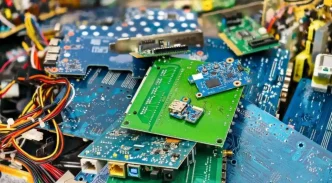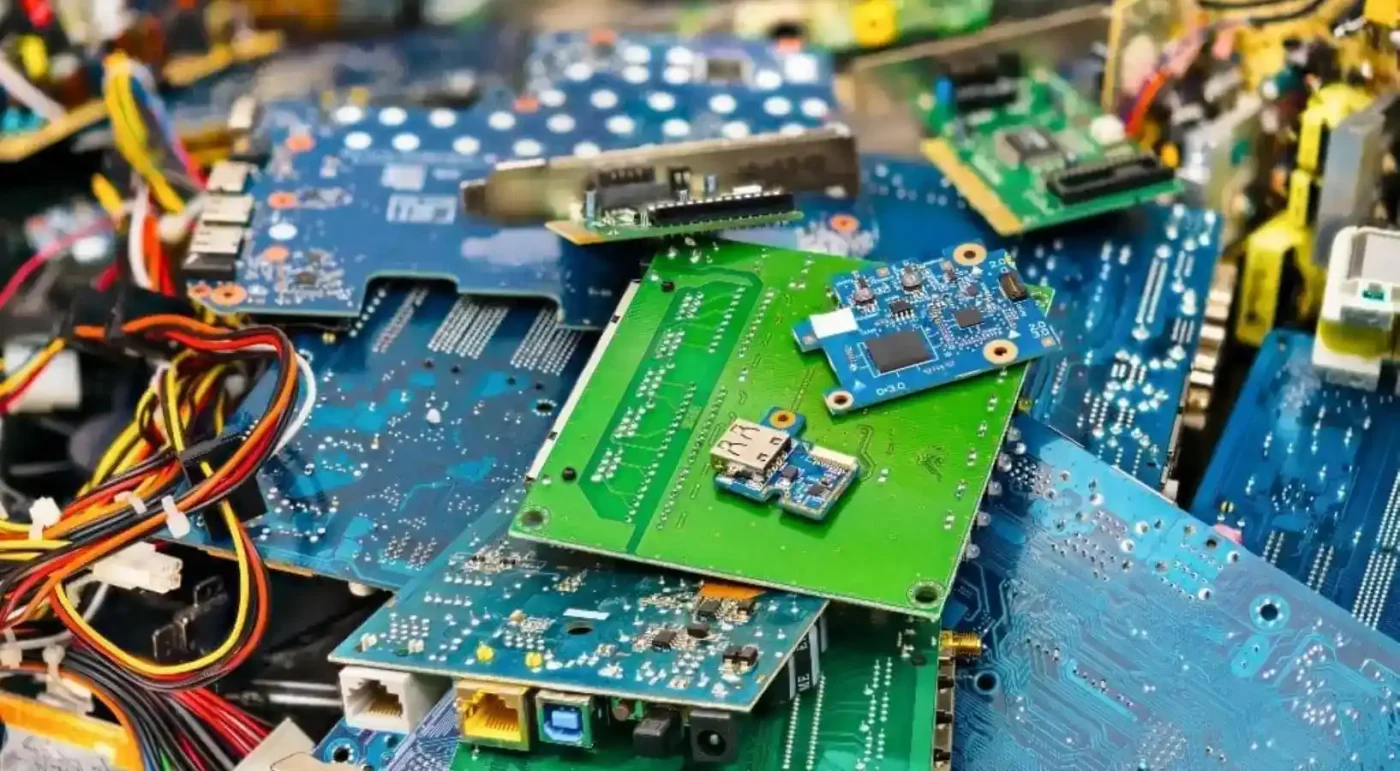Penang, a bustling hub in northern Malaysia, is grappling with a silent yet pressing environmental issue: the mounting pile of electronic waste (e-waste). With Malaysia generating 24.5 million units of e-waste in 2025—surpassing the 23.8 million units recorded in 2024—the Department of Environment (DoE) has raised urgent concerns about the sustainable management of discarded electronics. From mobile phones to obsolete refrigerators, the toxic materials within these items pose a severe threat to both the environment and public health if not handled responsibly.
Rising Tide of E-Waste in Malaysia
The scale of Malaysia’s e-waste problem is staggering. According to the DoE, the country has seen a consistent increase in discarded electronics, with mobile phones and personal computers topping the list. E-waste, defined as broken, non-functioning, or obsolete electronic appliances such as televisions, air conditioners, and washing machines, is categorized into two primary sources: industrial and household sectors. The rapid pace of technological advancement and consumerism has fueled this surge, leaving authorities scrambling to address the environmental fallout.
Improper disposal of e-waste risks leaching toxic substances like mercury, lead, cadmium, and arsenic into soil and water sources. These materials threaten aquatic ecosystems and human health, potentially contaminating drinking water and food chains. The DoE has emphasized the need for proper disposal through registered collection centers or licensed recovery facilities, urging the public to take responsibility for household e-waste. As their website advises, “They should send their household e-waste to any registered collection centres or recovery facilities licensed by the DoE”.
Penang’s Struggle with Infrastructure and Enforcement
In Penang, the challenge of managing e-waste is compounded by gaps in infrastructure and enforcement. State environment committee chairman Datuk Seri Sundarajoo Somu has highlighted that despite growing public awareness, actual recycling practices remain limited. Studies indicate that insufficient facilities and inconsistent enforcement hinder progress, leaving many residents unsure of how to dispose of their electronics responsibly.
A stark reminder of these systemic issues came in 2022, when over 20 tonnes of illegally imported e-waste were discovered in Penang. This incident underscored the persistent problem of illegal dumping and the unregulated importation of e-waste, which often ends up in informal processing sites where hazardous materials are handled without proper safeguards. Such practices not only endanger workers but also contribute to environmental degradation across the region.
Initiatives to Combat the Crisis
Efforts to tackle e-waste in Penang are underway, spearheaded by organizations like the Penang Green Council (PGC). The council has established an online directory to promote community and business initiatives focused on e-waste reduction. Currently, 105 collection points and recycling centers have been identified across the state, including 42 on Penang Island—11 in the southwest district and 31 in the northeast—and 63 on the mainland, spread across south, central, and north Seberang Perai. These centers range from community hubs to established factories, offering accessible options for responsible disposal.
In addition, the PGC launched the Trash-Free Penang program in 2022 to encourage waste segregation at the source. This initiative supports local communities and schools in setting up recycling stations within their compounds, with e-waste collection forming a key component. By fostering grassroots participation, the program aims to instill sustainable habits and reduce the volume of electronics ending up in landfills.
The Hidden Value in E-Waste
Beyond the environmental risks, e-waste also holds untapped potential. Discarded electronics contain precious metals such as gold, copper, palladium, and silver, which carry significant recycling value. If processed correctly, these materials could contribute to a circular economy, reducing the need for raw resource extraction and generating economic benefits. However, without robust systems to recover these metals, much of this value is lost to improper disposal or illegal trade.
The economic incentive for e-waste recycling is clear, yet the infrastructure to support large-scale recovery remains underdeveloped in Malaysia. Licensed facilities capable of extracting precious metals safely are limited, and public awareness of their locations and services is often lacking. Bridging this gap could transform e-waste from a burden into an opportunity for sustainable development.
Policy and Public Action: A Dual Approach
Addressing Malaysia’s e-waste crisis requires a dual approach of stronger policy measures and greater public engagement. On the policy front, stricter regulations on e-waste importation and disposal are essential to curb illegal activities. The 2022 Penang incident is a case in point, highlighting the need for enhanced border controls and penalties for violators. Additionally, expanding the network of licensed recovery facilities and ensuring they are accessible to rural and urban populations alike could significantly improve recycling rates.
Public education is equally critical. Campaigns to inform citizens about the dangers of improper e-waste disposal and the benefits of recycling could drive behavioral change. The DoE and local councils like the PGC must continue to promote initiatives like Trash-Free Penang, ensuring that communities have the tools and knowledge to participate actively. Partnerships with schools, businesses, and non-governmental organizations could amplify these efforts, creating a culture of environmental responsibility.
Regional and Global Context
Malaysia’s e-waste challenge is not unique; it mirrors a global trend of increasing electronic waste as technology becomes more pervasive. According to the United Nations, the world generated 62 million tonnes of e-waste in 2022, a figure projected to rise sharply in the coming years. Southeast Asia, with its rapidly growing economies and consumer markets, is a significant contributor to this burden. Countries like Thailand and Vietnam face similar issues, with limited recycling infrastructure and high rates of informal processing.
In this context, Malaysia has an opportunity to lead by example. By investing in sustainable e-waste management systems and fostering regional cooperation, the country could set a precedent for others in the region. Collaborative efforts to share technology, expertise, and best practices could help mitigate the environmental impact of e-waste across Southeast Asia, turning a shared challenge into a collective triumph.
Looking Ahead: Challenges and Hope
As Malaysia, and Penang in particular, confronts the escalating e-waste crisis, the path forward is fraught with challenges. Building the necessary infrastructure, enforcing regulations, and changing public attitudes will require sustained effort and investment. Yet, initiatives like those led by the Penang Green Council offer a glimmer of hope, demonstrating that progress is possible when communities and authorities work together.
The question remains whether Malaysia can scale these local successes to a national level before the environmental toll becomes irreversible. For now, the sight of workers meticulously separating electronic components at recycling centers in places like Bukit Mertajam serves as a reminder of the human effort behind this fight—and the urgent need to support it with systemic change.
















